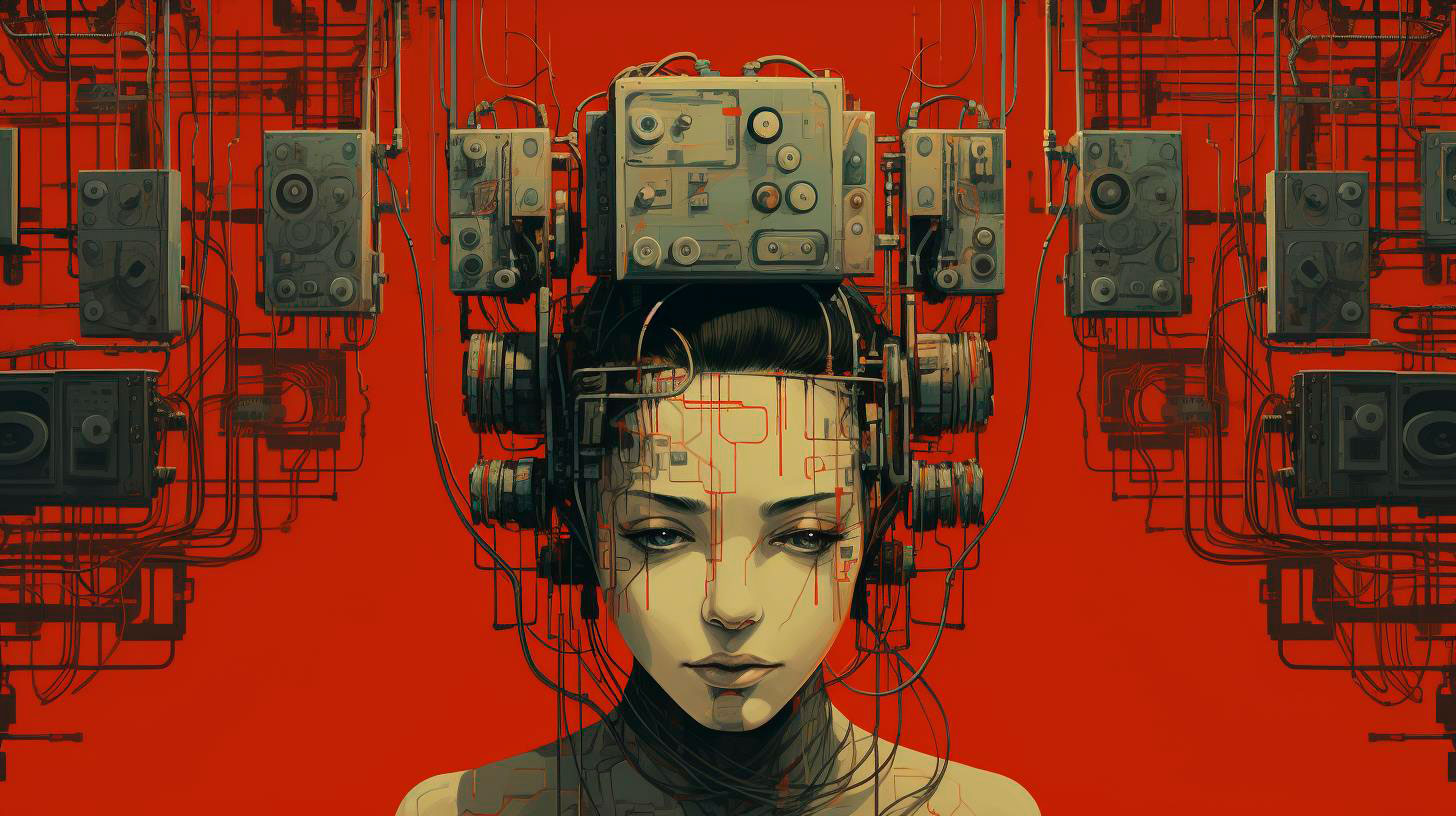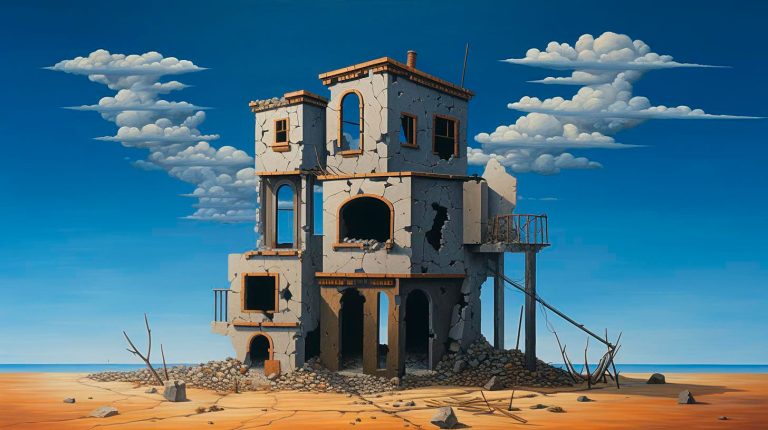By strategically controlling and manipulating light sources, photographers can produce mesmerizing and artistic photographs that truly stand out from the crowd. In this article, we will delve into the art of painting with light and explore how it can be used to create stunning images.
Understanding Light Manipulation
Light manipulation is a technique that involves using artificial light sources, such as flashlights, LED lights, or even smartphones, to create unique lighting effects in photographs. By selectively illuminating certain areas or subjects during a long exposure, photographers can create dramatic effects and emphasize specific elements within the frame.
Key Takeaway 1: Light manipulation is a technique that offers endless creative possibilities for photographers to showcase their imagination and skill.
One of the most common methods of light painting is “”writing”” or “”drawing”” with light. This technique involves moving a light source across the frame during a long exposure to create patterns, shapes, or even words. The possibilities are limited only by the photographer’s creativity and the tools at their disposal.
Key Takeaway 2: Light painting enables photographers to create visually striking and one-of-a-kind images by incorporating custom-made lighting effects.
The Tools of the Trade
To effectively paint with light, photographers need a few essential tools. Here are some of the key pieces of equipment used in light manipulation:
- Flashlight or LED Lights: These serve as the primary light sources for painting with light. They provide the necessary illumination to create the desired effects.
- Light Diffusers: Diffusers help to soften and spread the light, resulting in a more even and pleasing illumination.
- Gels and Filters: These are used to change the color temperature of the light, adding a creative touch to the final image.
- Remote Shutter Release: Since long exposures are often required in light painting, a remote shutter release helps to eliminate any camera shake and ensure sharp images.
- Tripod: A sturdy tripod is essential to keep the camera steady during long exposures and prevent blurriness.
Key Takeaway 3: Investing in the right tools and equipment can significantly enhance the quality and creativity of light painting photography.
Mastering the Technique
Now that you understand the basics, let’s explore some key tips to help you master the art of light manipulation:
Plan and Prepare
Prior to beginning your light painting session, spend some time planning and visualizing the effect you want to achieve. Decide on the composition, lighting patterns, and any additional props or elements you may want to incorporate.
Choose the Right Location
Find a suitable location that provides a dark setting with minimal ambient light. This allows the light sources you create to stand out more prominently in the frame.
Experiment with Exposure Settings
Start with longer exposure times, typically ranging from a few seconds to several minutes, to give yourself enough time to paint the light within the frame. Adjust the settings based on the desired effect and the amount of light you are using.
Get Creative with Light Sources
Explore different types of light sources and experiment with their movement, intensity, and distance from the camera. This experimentation will help you discover unique and captivating lighting effects.
Practice Patience and Perseverance
Creating stunning light painting images takes practice and patience. Don’t be discouraged if your initial attempts do not yield the desired results. Keep experimenting, learning, and refining your technique.
Key Takeaway 4: Mastering light manipulation requires careful planning, experimentation, and perseverance to achieve truly mesmerizing results.
The Advantages of Light Manipulation
Now that you have a solid understanding of the technique, let’s explore the advantages of incorporating light manipulation into your photography repertoire:
- Uniqueness: Light painting allows photographers to create images that are truly one-of-a-kind. The custom lighting effects achieved through manipulation result in photographs that stand out among the sea of ordinary images.
- Creativity: Light manipulation offers endless opportunities for photographers to explore their creative side. The ability to control and shape the light allows for the creation of visually stunning and imaginative compositions.
- Artistic Expression: Painting with light is a form of artistic expression that enables photographers to convey emotions, tell stories, and provoke thought through their images.
- Separates Professionals from Amateurs: Incorporating light manipulation techniques into your work sets you apart from amateur photographers, showcasing your dedication, technical skills, and creativity.
Key Takeaway 5: Light manipulation enables photographers to add a unique and artistic touch to their work, differentiating themselves in a saturated market.
In Conclusion
Painting with light is a remarkable technique that allows photographers to create stunning and visually captivating images. By mastering the art of light manipulation and honing your skills, you can elevate your photography to new heights, unleashing your creativity and producing images that leave a lasting impression.
Whether you are a professional photographer looking to explore new avenues or an aspiring hobbyist eager to experiment with creative techniques, painting with light offers endless possibilities. Embrace this fascinating technique, invest in the necessary tools, and paint the world with your unique vision.















+ There are no comments
Add yours